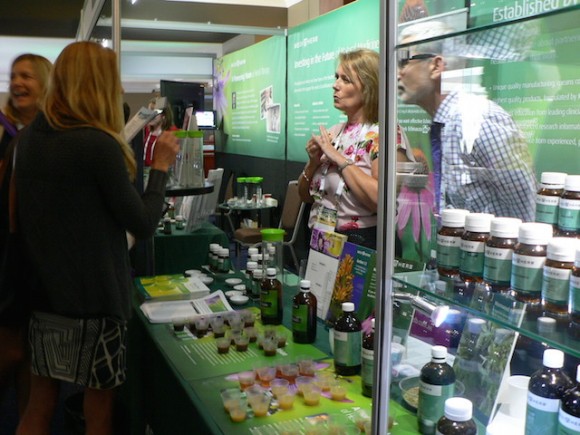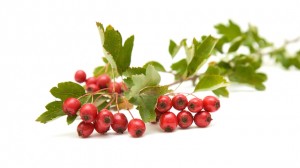Waitakere Council in west Auckland, New Zealand, in partnership with the Weedfree Trust, has declared a war on weeds. Its annual campaign, designed to save native bush, ran all through March.
Phil Rasmussen, pharmacist and practicing New Zealand phytotherapist, said many of these weeds were specifically introduced into Australia and New Zealand for their therapeutic value.
Mr Rasmussen was a speaker at the National Herbalist Association of Australia’s International conference, in Sydney from March 20 to 22.
“I use a lot of plants that many people call weeds in my herbal practice,” Mr Rasmussen said. “They are collected from the neighbourhood and then processed into medicines that people can easily consume.”
Berries from Chinese privet (Ligustrumlucidum), one of the most noxious weeds in both New Zealand and Australia and collected in the winter months, have been used to protect against osteoporosis and diabetes, he said.
Cleavers (Galium aparine), commonly known as goosegrass, which grows along verges and in back gardens during spring, assists lymphatic health.
Roots of the well known, yellow-headed dandelion herb (Taraxacum officinale) are used to treat liver complaints and the beautiful orange/yellow flowers of the South American plant nasturtium (Tropaeolum majus), known to grace the odd salad, contain anti-cancer chemicals that are well absorbed into the human blood stream, have mild diuretic properties and can aid coughs and infective lung conditions.
The leaves of wild strawberries (Fragaria vesca), from which the yummy edible variety is derived, are good for healthy cardiovascular function and have an even stronger medicinal effect thanhawthorn (Crataegus species), which has been popularly prescribed for aeons by western herbalists as a heart remedy.
Mr Rasmussen encourages patients to be aware of plants that grow around them so they can brew teas to help prevent and treat their health conditions.
“A lot of the plants, just like foods, prevent diseases like osteoporosis, cardiovascular disease and diabetes. We are what we eat and we are what we consume in the way of herbs and certain weeds.”
It is important to note that serious complaints such as diabetes, cancer and cardiovascular disease must be addressed under the supervision of a qualified health care professional and not self medicated.
Weeds appear to utilise nutrients, like nitrogen, more effectively than native species of plants according to a 2007 European study involving an invasive shrub Buddleja davidii. Species, such as wild ginger, are thus provided opportunity “to grow and prolifically take over large tracts of land”. Reduced agricultural crop yields, disturbed bird and animal habitats and the endangerment of native plants can result.
As of January 2015 the Invasive Plants and Animals Committeelisted around 500 species as Australian states and territories noxious weed species. A weed is generally defined as a plant growing out of place, and noxious weeds, or weedy plant species, are controlled and/or managed in a variety of ways under state and territory legislation.
Correctly identifying plant species is vital, Mr Rasmussen said. As common names of plants vary worldwide it is important to go by the Latin name and employ the services of a botanist or medical herbalist to assist with the identification process.
Further, avoid picking from an area recently sprayed with weed killer or near council paths or roadways where chemicals are commonly used, he said.
“Even in large cities such as Sydney and London it is not that far to go to get to a park, greenland or woodland where there is less pollution and is therefore safer.”
He encourages certain weeds to self sow in the back garden, for example Ribwort (Plantago lanceolata) which is good for mucous membranes and sinus conditions. Selected plants can also be grown in pots.
Mr Rasmussen, who also founded Phytomed, a manufacturer of practitioner herbal extracts and Kiwiherba range of herbal products, recommended including weeds with medicinal properties in salads as well as making simple infusions from them.
“Harvesting fresh plants is a very good way to maintain your own health, save on medical and pharmacy bills as well as healthily servicing the environment.”
DISCLAIMER
The information presented in this article does not include diagnosis of medical ailments or drug/ herb interactions. Please consult with your NHAA medical herbalist, GP or pharmacist for a diagnosis of symptoms and advice on what plant remedies are safe and effective for your unique needs. The author may not be held responsible for any adverse effects or consequences that may arise as a result of implementation of any of the information contained in this article or for any omissions or errors within it.





